When it comes to high speed travel, Asia is the future. Compared to the slowly-chugging automotive dystopia of the USA, the region of Asia-Pacific is a fast paced wonderland. The Usain Bolt of this endless race? China. By an extremely fast country mile.
Starting in the early years of the 21st Century, China began to build high speed track. And build. And build. Fast forward at near hyperspeed to 2017, and the country is a vast network of bullet trains hurtling millions of passengers over distances we’d usually consider “impossible.” While Japan may have started the locomotive speed boom in Asia, it’s China that has made it its own. And, as China tends to do, they’ve also made it bigger, crazier and more fascinating than anybody else.
10: It’s Really, Really Fast
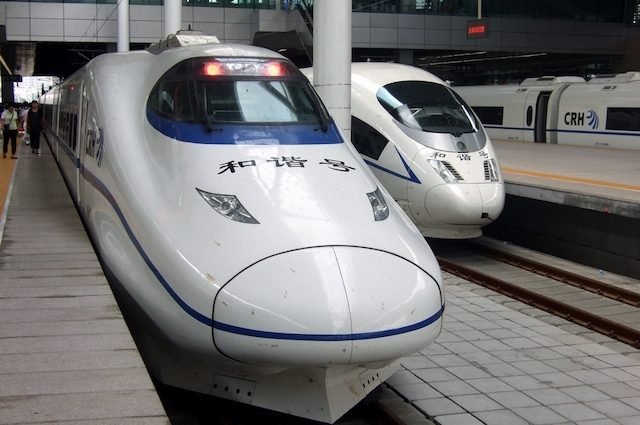
First things first. You should know that China’s high speed rail service is fast. How fast? Let’s just say that, if you could build a train track straight upwards, you could take a bullet train from Beijing to the Moon in under sixty seconds.
OK, that was a lie. But one with a serious purpose: to illustrate just how mind-blowingly fast China’s trains are capable of going. Two of the three fastest commercial trains in the world can be found in China, both in Shanghai. Of these, the Shanghai Maglev is the fastest, topping out at 267 mph. When not carrying passengers, it can hit 311 mph. While impressive, it’s not the fastest ever. Japan’s experimental bullet train has peaked at 366 mph. But Japan’s bullet train won’t be online till 2027, while Shanghai citizens have already been hitting these mind-melting speeds for over ten years.
Of course, it’s one thing to hear big numbers, it’s another to actually process them. So here’s an example. The Beijing-Shanghai line will take you 819 miles in slightly under five hours. That’s further than the distance from New York to Atlanta, in less than the time it takes you to binge watch a new Netflix mini-series.
9: It’s Ridiculously Cheap
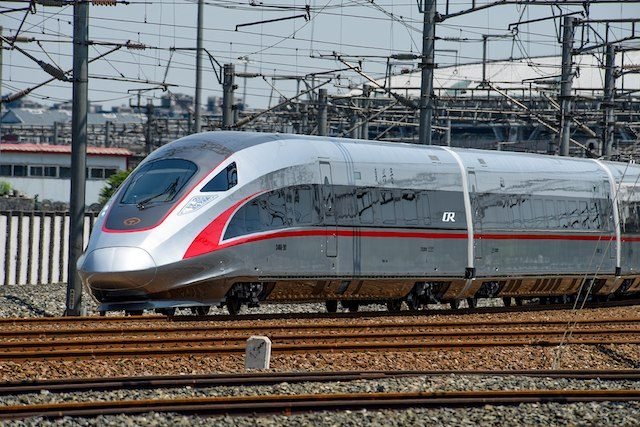
Given the fantastic speeds Chinese trains can hit – nearly half the speed of a flight, without all the waiting around and egregious security checks – you might expect them to be pricey. Not so. While China’s rails don’t quite fulfil the Communist promise of travel for the poorest of the poor, they’re still well within the affordable bracket for most commuters.
Take our crazy-fast Beijing-Shanghai line from the last entry. Wanna guess how much a second class seat will set you back? 553 Yuan, or around 80 bucks. Wanna guess how much our shorter, NYC to Atlanta journey costs with Amtrak? $122, plus the soul of your firstborn child. OK, we made that last bit up. But that’s still an extra $40 for a service that takes over three times longer to get you not quite so far.
If you’re catching the regular commuter line, things are even cheaper. The 24 kilometer Changle to Weifang line in Shandong Province is 4.5 Yuan, or $0.67. You better believe a lot of people ride these lines. In the same way that the shape of America’s cities was dictated by the arrival of the car, creating the suburbs, China’s cities are now shaped by the bullet train.
8: It’s Absurdly Popular
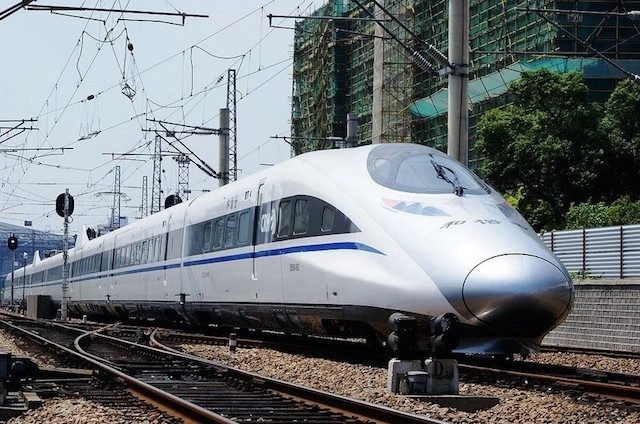
Since China’s trains are so fast and so cheap, you’d probably expect them to also be popular. You’d be even more right than you already think you are. China’s high speed services don’t just attract crowds. They attract the biggest crowds you’ve ever seen. In 2016, the number of passengers was calculated at a staggering 1.5 billion.
That’s more than the number of people who actually live in China, a country not exactly known for having a modest population. To put it another way, given the estimated global population of 7.5 billion, 20 percent of all humans in the world ride on China’s high speed rail in a single year. That means that if aliens randomly abducted five people from across the globe and interrogated them, they’d find at least one of them had ridden China’s bullet trains.
To be clear, we’re just using these numbers as an illustration. Even a super-authoritarian state like China can’t log every single person using its trains, and many people are presumably counted multiple times for different trips. Still, even if no one’s buying a season ticket and logging endless individual journeys, 1.5 billion is still a crazy number. Crazier still is that it’s only going to get bigger.
7: China has More High Speed Track than the Rest of the World Combined
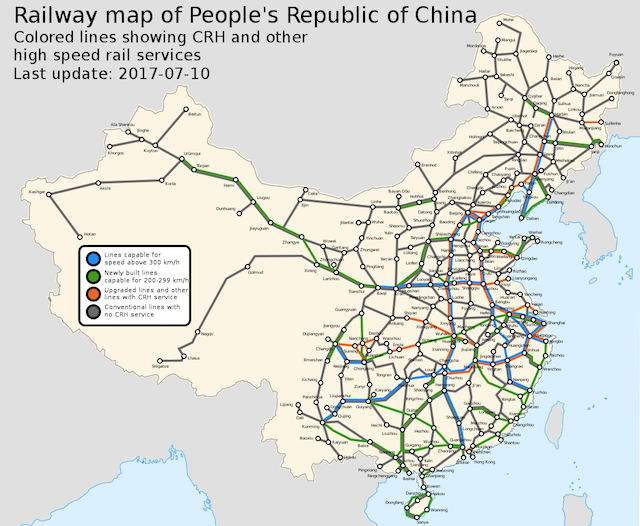
We mentioned earlier that China’s love affair with high speed rail eclipses that of even Japan. It’s worth reiterating just how deep this love affair runs. China has the largest high speed rail network in the world, with over 12,500 miles of track. That isn’t just more than the country with the next biggest system (Japan). It’s not even more than the next five countries combined. It’s more the entire rest of the planet. If you were to lay every single non-Chinese piece of high speed rail back to back, you’d still have less than China does.
And China ain’t slowing down. There are plans to lay another 9,320 miles of track by 2025. Looking at maps of the country’s infrastructure plans, the entire eastern region is going to become a network of squiggly, high speed lines, as dense as any normal rail network in another country. Even Hainan island off the south coast is ringed by a high speed line. Hainan, for the record, is barely bigger than Maryland.
The result has already been the creation of incredible megacities, as people in Shenzhen can commute to Guangzhou, a distance of nearly 85 miles in as little as 30 minutes.
6: The Difference from Before is Insane
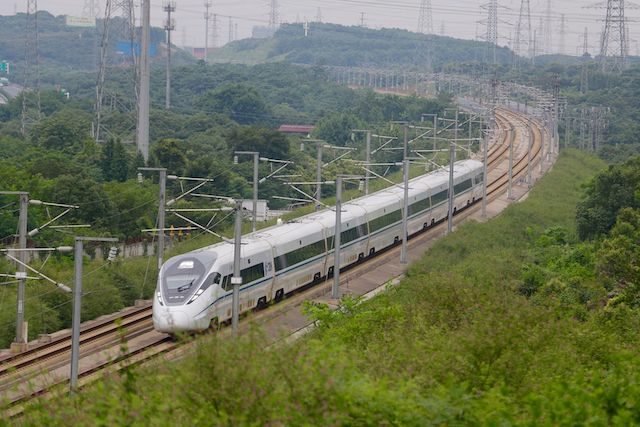
Go back in time just 20 years and hop a train in China. What would you expect to find? No high speed rail, clearly, but maybe a system that was already noticeably modernizing? A rail network that might be in need of a serious upgrade, but was at least essentially solid?
Well, prepare your time traveling past self for one heck of a shock. China’s trains in the mid to late 90s weren’t just slower. They were slow. How slow? Try an average speed of 37 mph.
No, we didn’t miss a zero out there. Chinese trains in the dying years of the 20th Century were awful. Most major cities weren’t connected, and the idea of even a good sized town having its own rail line was almost unheard of. What few trains there were ran painfully slowly, and were so overcrowded they’d make rush hour on the Tokyo commute look roomy.
Back then, the smart money would’ve been on China becoming a car nation, like the USA. The Communist Party had other ideas. And when the Party sets its mind to something in China, it tends to get done.
5: The Railways Ministry has Got Involved in Some Crazy Projects
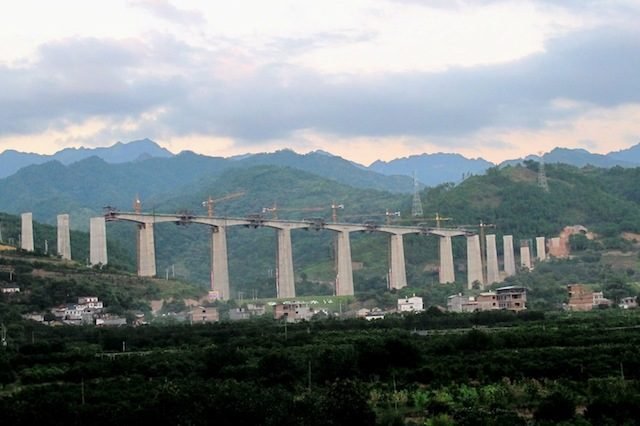
Although it was officially disbanded and folded in the Transport Ministry in 2011, China’s state rail department still has a reputation for getting involved in some crazy engineering projects. Just as railway engineers in Victorian Britain embarked on awe-inspiring stuff like the Forth Bridge, 21st Century China is getting involved in some equally visionary projects. The difference is, China’s projects go right through practical and into borderline insane.
To take just one example: in 2015, Beijing announced it wanted to connect China to Nepal by rail. No problem, except Nepal is a mountainous country that’s not easily accessible from the Chinese side. So China decided to build a rail link that would tunnel right the way through Mount freakin’ Everest. Two years later, the project hasn’t started, but is still under active consideration.
But even this pales beside China’s craziest scheme yet. In 2014, Beijing decided it wanted to build a line connecting China to the United States. The proposed high speed track would be the longest rail line in the world, cross four countries (China, Russia, the US and Canada), and include the world’s longest undersea train tunnel connecting Russia to Alaska. Even at high speed, the journey would take two days to complete.
4: The Guy Behind China’s Bullet Train Got Purged, Hard
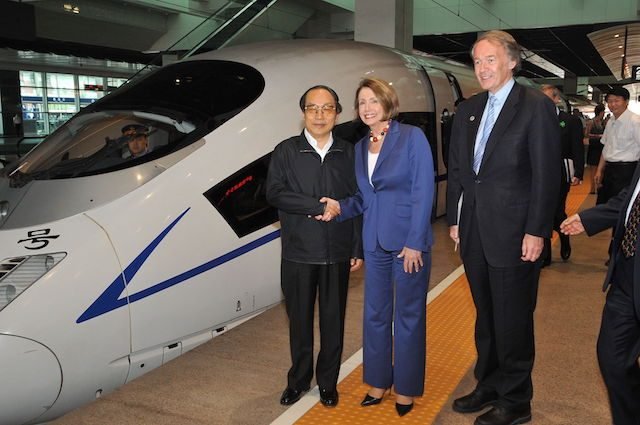
With all its crazy buildings, hi-tech madness and super wealthy businesspeople, it can be easy to forget China is actually an authoritarian Communist state. That means purges that can target anyone and leave them sentenced to hard labor. One high profile victim is Liu Zhijun, the guy behind the country’s high speed rail network.
Zhijun used to be known as the father of China’s rail lines. He was made Minister of Railways in early 2003, just as China was embarking on its high speed dream. Under his watch, the Railways Ministry used every trick in the book to get extra funding and political support. He ran his department like a personal fiefdom, growing it in size and power until it was rivaled only by the military. Five years after taking office, Zhijun had opened China’s first high speed line. By 2011, he’d set up the system we’re talking about right now.
Unfortunately, Zhijun’s apotheosis coincided with the meteoric rise of Xi Jinping. The new ruler unleashed an anti-corruption drive in 2013 that saw Zhijun swept up over bribes and kickbacks. This being China, he was sentenced to death, later commuted to life imprisonment.
3: There Have Been Terrifying Crashes
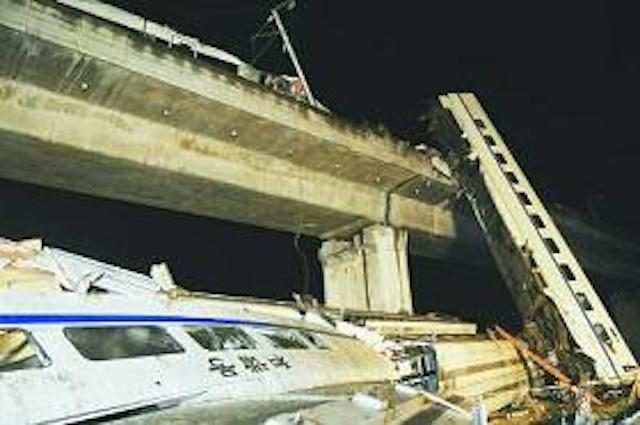
China’s bullet trains are famously safe and smooth, to the point where passengers barely feel like they’re moving at all. That being said, crashes are not unheard of. Considering the speed these trains move at, you better believe that such accidents are nothing short of terrifying.
In 2011, a freak lightning strike managed to hit a train just outside the city of Wenzhou, shorting it out. Passengers were unharmed, but the train stalled. As the driver tried to get it restarted, a second train plowed into the back of it at high speed. Four carriages were sent hurtling off the viaduct into the water below. When emergency services reached the scene, 40 people were dead and 200 injured. Gruesomely, new corpses kept tumbling out the train during the rescue operation, creating a macabre scene for witnesses.
To be absolutely fair to China, this isn’t the only bullet train crash that has happened around the world. In 2013, a Spanish train left the tracks at over 100 mph, killing 80.
2: Most of the Network is Operating at a Crippling Loss
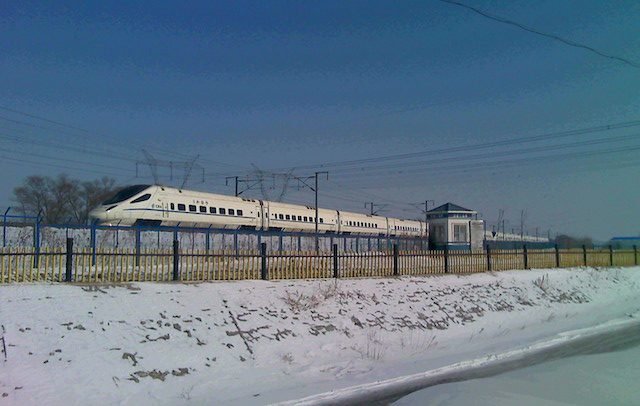
Remember how we said China had more high speed rail than anywhere else on Earth? Well, we didn’t say it was profitable. Although more track keeps on being built, new stations opened, and new towns connected to the network, China’s bullet trains are nowhere near as lucrative as you might assume. In fact, only 6 lines are turning a profit. The rest are losing money hand over fist.
These are operating profits, mind, meaning they don’t include the construction cost. All six are clustered in the east, linking massive megacities, with the most profitable of all being the Beijing-Shanghai route. As for the rest of the country? Well, the Beijing-Tianjin line roughly breaks even, but all the others are financial black holes. The Guangzhou-Guizhou line, for example, owes interest payments of 3 billion Yuan a year ($450 million), all while making only a third of that in ticket sales. Of the 12,500 miles of track already laid, only about 3,100 of it either brings in enough cash or stimulates the local economy enough to justify the cost.
This means the Chinese state is shouldering an insane debt burden. The China Railway Corporation currently owes over 4 trillion Yuan, which The Economist calls equivalent to about 6 percent of GDP.
1: It Wouldn’t Work Anywhere Else in the World
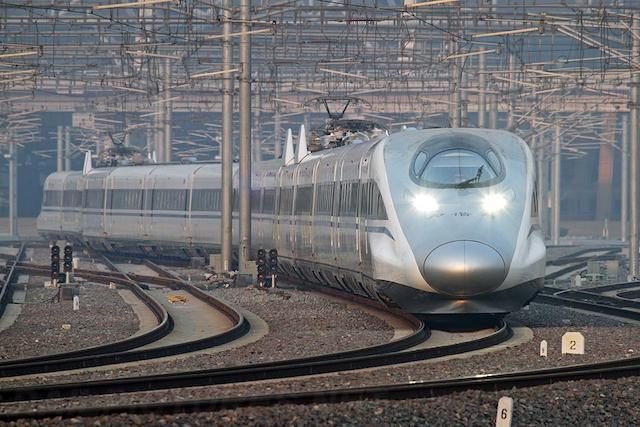
After all this, you might be thinking that China’s high speed railways sound kinda neat, like something maybe we should all be aiming to copy. Good luck with that. China’s crazy bullet train network is only possible due to the country’s very specific set of circumstances. Try and replicate its success anywhere else in the world, and you’ll most likely fail.
The major factor is cost. China’s economy is booming, and the state is happy to shoulder the entire cost, allowing unprofitable lines to keep running. There’s also how much it costs to build. The World Bank estimates China spends a maximum of $23 million per km of high speed rail. In Europe, the minimum cost would be $25 million, with a possible high of $39 million. Try and build it somewhere like between San Francisco and LA, and it hits $56 million. The reason for the difference? Cheap Chinese labor, for one, but also the price of land. In the US and Europe, you have to pay a fair price to buy private land for infrastructure building. In China, the state just confiscates whatever it feels like.
As a result, most other countries are cancelling or scaling back their high speed rail programs considerably. We might dream of being able to travel Chinese style all over the world, but the sad fact is that we’re probably doomed to an eternity of crawling along at snail-like speeds.
Hi! I am a robot. I just upvoted you! I found similar content that readers might be interested in:
http://www.toptenz.net/10-fascinating-facts-chinas-high-speed-trains.php
Downvoting a post can decrease pending rewards and make it less visible. Common reasons:
Submit